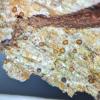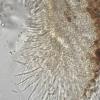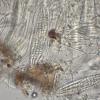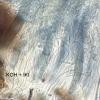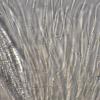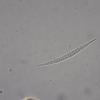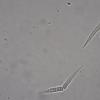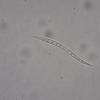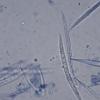
19-11-2025 13:04
 Bruno Coué
Bruno Coué
Bonjour,je sollicite votre avis pour la récote

16-11-2025 21:09
 Robin Isaksson
Robin Isaksson
Anyone recognize this acc. to pictures.? Found on

18-11-2025 13:59
Nogueira HéctorNovember 14, 2025 Brazuelo (León) SPAIN Hymenosc

17-11-2025 19:14
herman lambertApothécie discoïde 0.6 cm diam., orangeFace hym�

17-11-2025 21:57
Philippe PELLICIERBonjour,Récolté sur bois de feuillu mort dur, no

15-11-2025 23:22
Mario FilippaHello,this is what I think to be Hymenoscyphus mac

15-11-2025 20:25
 Riet van Oosten
Riet van Oosten
Hello, Found by Laurens van der Linde, Nov. 2025

14-11-2025 18:31
 Lothar Krieglsteiner
Lothar Krieglsteiner
Hello,can somebody provide me with a file of:Rothe
 Bonjour,
Bonjour,je sollicite votre avis pour la récote suivante :
Sur écorce d'un saule vivant, à environ 1m70 de hauteur.
Apothécies de diamètre 0,5 mm environ, érompantes. Hyménium orangé, marge brune épaisse contrastant, rarement dentée. Excipulum à cellules à paroi épaisse, paraissant gélifiée, couche externe ambrée. Asques cylindracés à fusiformes, 68-100 x 18-28 µm, emplis par les spores parallèles, inertes dans IKI, mais la paroi des jeunes asques se colore en bleu dans KOH + IKI. Nombre de spores par asque difficile à évaluer. Paraphyses cylindriques, de diamètre jusqu'à 2 µm, tortueuses, septées, contenant des petites gouttes jaune orangé. Spores longuement fusiformes avec les 2 extrémités acuminées, contenant de nombreuses petites guttules, septées (7 à 14 cloisons, le plus souvent 13), (33)55-82 x 3-4 µm, avec une très légère constriction au niveau des cloisons, plus marquée sur la cloison centrale. On voit parfois des spores brisées en 2 au niveau de la cloison centrale.
Merci.
Bruno
it looks like a lichen with trentepohlioid alga, check for a Pachyphiale species, currently usually included within Gyalecta but again separated by British lichenologists.
The options are Pachyphiale carneola or P. arbuti
Zdenek

Bruno
